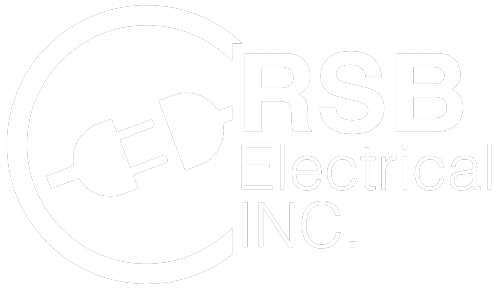What Are Fluorescent Lighting Ballasts?
Fluorescent lighting is an excellent addition to any home. It's more efficient, uses less energy, and has a far longer lifespan than average lighting. When using electricity, it's crucial to control it to avoid harm to ourselves and our devices. The best way to regulate electrical currents is to use a ballast. We'll take a closer look at fluorescent lighting ballasts so you can decide whether installing them is the right option.
What is a ballast?
A ballast is a small device wired to the light's circuitry. Sometimes called the control gear, a ballast's job restricts the electrical current passing through the circuit. The main power in most homes tends to have a higher voltage than what the individual lights need to work. The ballast works by providing a slight voltage boost to start. It then supplies just enough volts for the light to continue operating safely.
Fluorescent lights use mercury vapor heated by electricity to produce sufficient light for daily use. Mercury is highly conductive when vaporized. Without a ballast in place, the circuit would contain too much current for the electronics to handle, which can ultimately burn out or catch fire. Fluorescent lights can use either an electronic or magnetic ballast.
Electronic ballasts
Electronic ballasts tend to be more precise than magnetic ones. This is because these ballasts use far more sophisticated components. Plus, they are smaller and lighter than their magnetic counterparts. Electrical ballasts also supply power at a far higher frequency, making them highly efficient.
Some newer models of electronic ballasts use what is referred to as instant-start and programmed start features. The instant-start method involves using a high voltage boost instead of pre-heating the electrodes. The programmed-start method targets products and installations where lights are constantly switched on and off, pre-heating the electrodes with a controlled amount of current before a higher voltage lights them up.
Homeowners can also invest in a dimmable electronic ballast. This option offers the chance to vary their light output based on conditions. For best results, it's worth hiring a professional electrician to install this type of ballast.
Magnetic ballasts
These days, magnetic ballasts (also called chokes) are outdated compared to their electronic counterparts. Nevertheless, many households still utilize them. Magnetic ballasts rely on a process called electromagnetism. When an electrical current travels through a wire, it surrounds itself with a magnetic force. Likewise, a magnetic field creates a current in wires it affects.
A magnetic ballast typically contains a coil of copper wire. The magnetic field from the wire creates (or inducts) a current opposite to the original current going through the coil. Therefore, the right amount of current can pass toward the fluorescent light.
Some less advanced magnetic ballasts cannot function without the aid of a starter. It is a cylinder-shaped component nestled behind the light fixture and filled with gas. When it is heated, the light switches on. This is traditionally called the pre-heat method.
If a light fixture uses more than two fluorescent tubes, it may require a rapid start. This technique does not need a starter. It works by keeping a small amount of the current flowing continuously.
It's best to consult a professional electrician to install the ballasts to avoid mistakes and damage.
RSB Electrical has a team of licensed and insured electricians committed to providing high-quality CCTV wiring, recessed lighting, new construction electrical, and under cabinet lighting solutions. We are highly rated on Google & Yelp. Call us at 480-485-4284.

